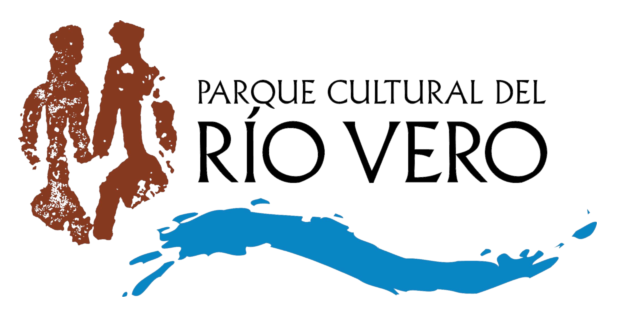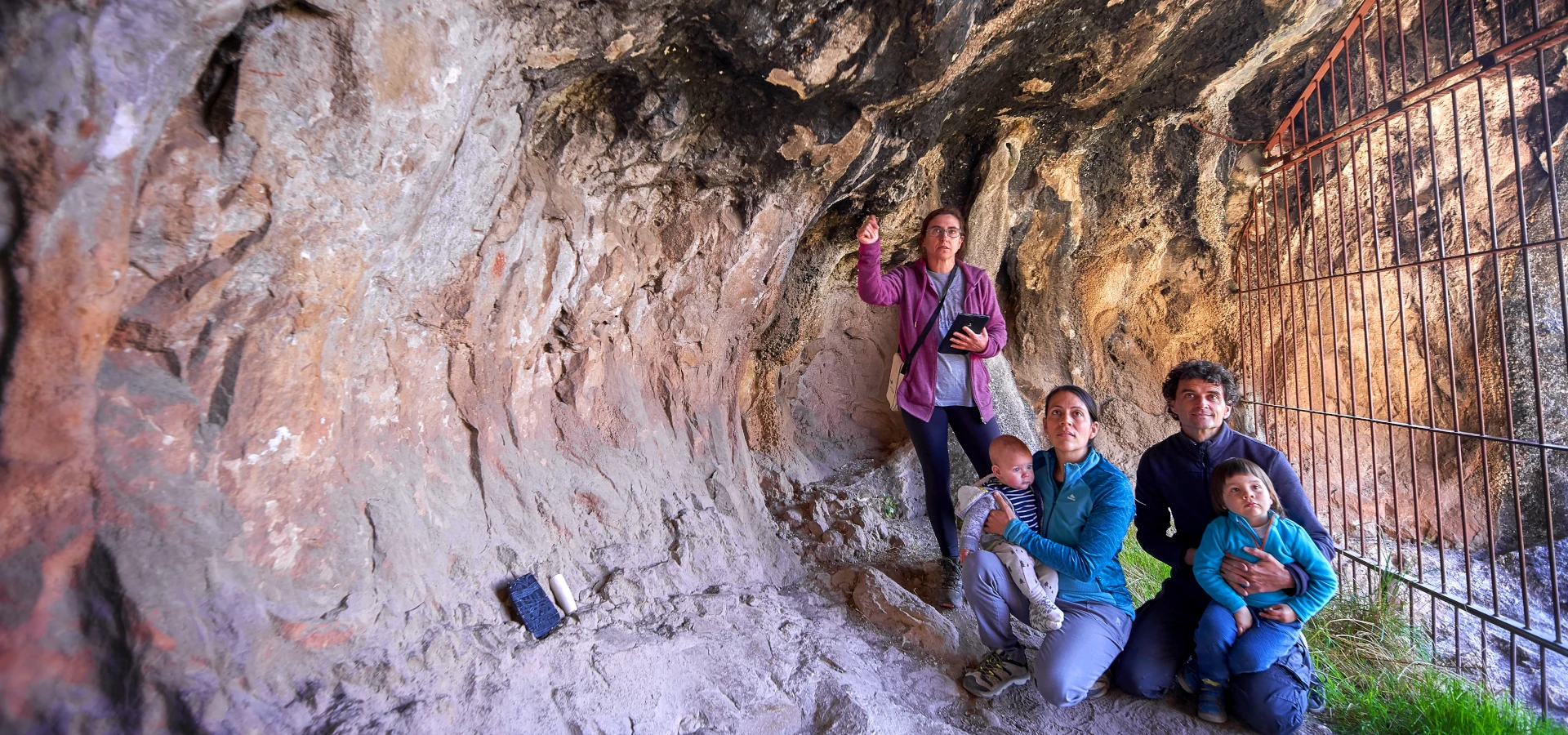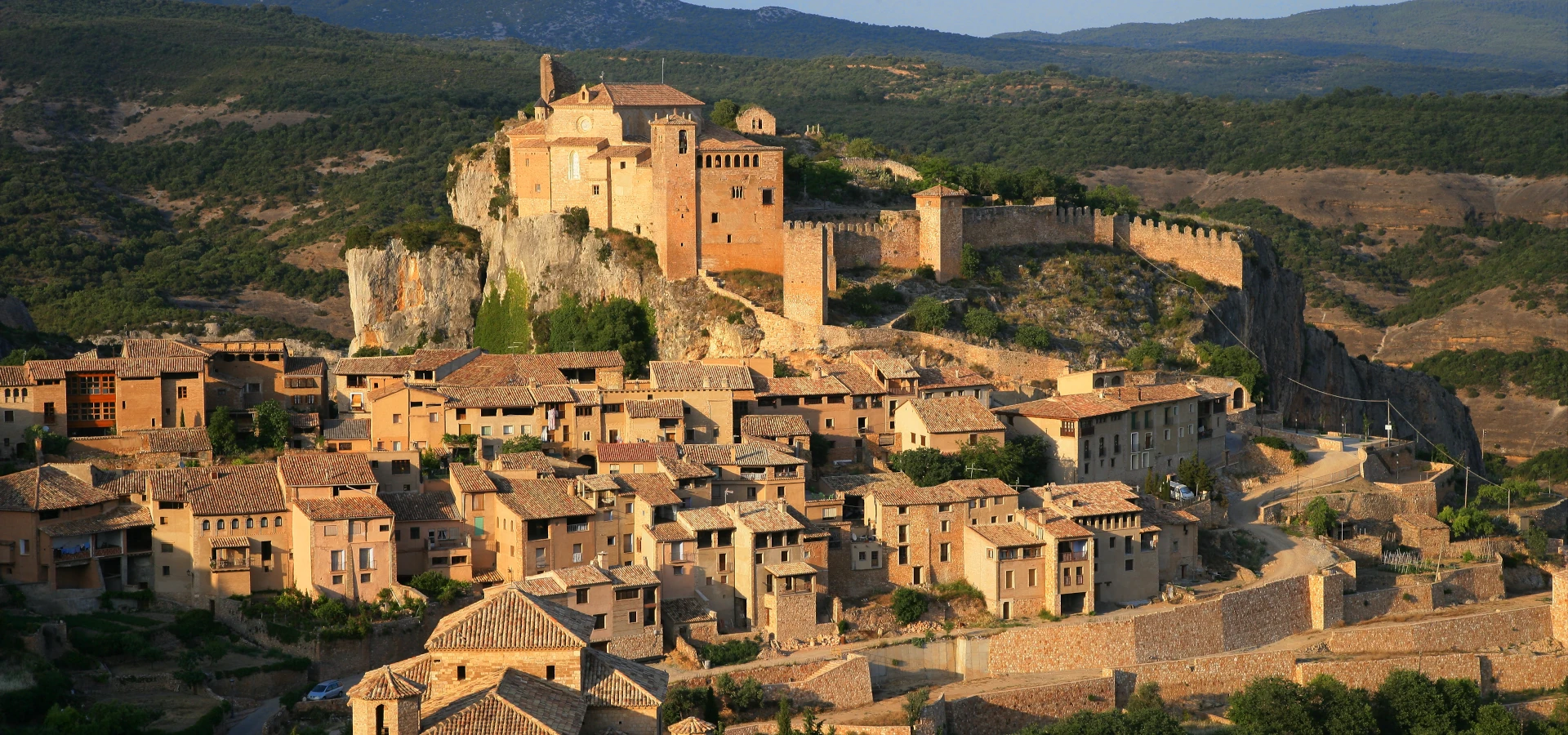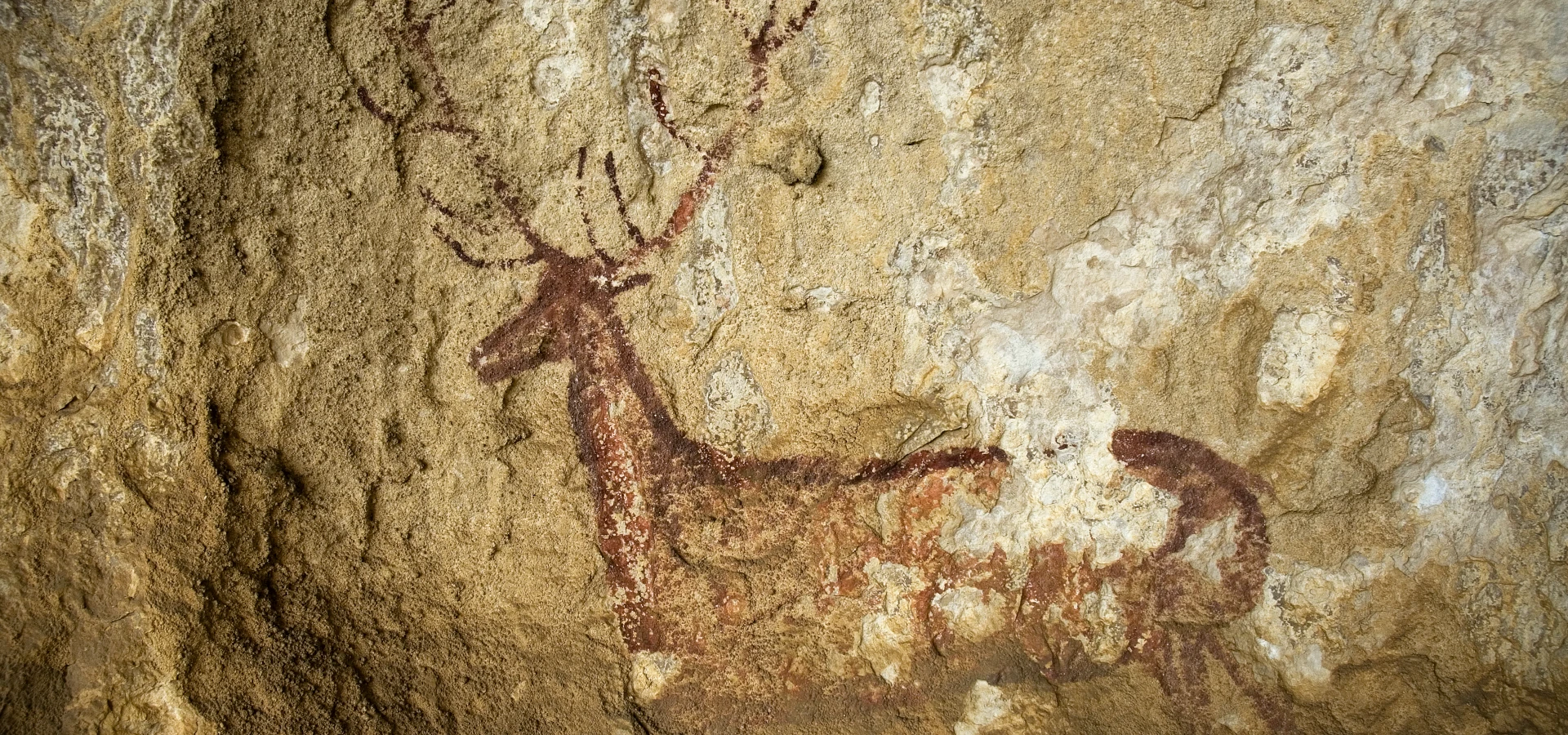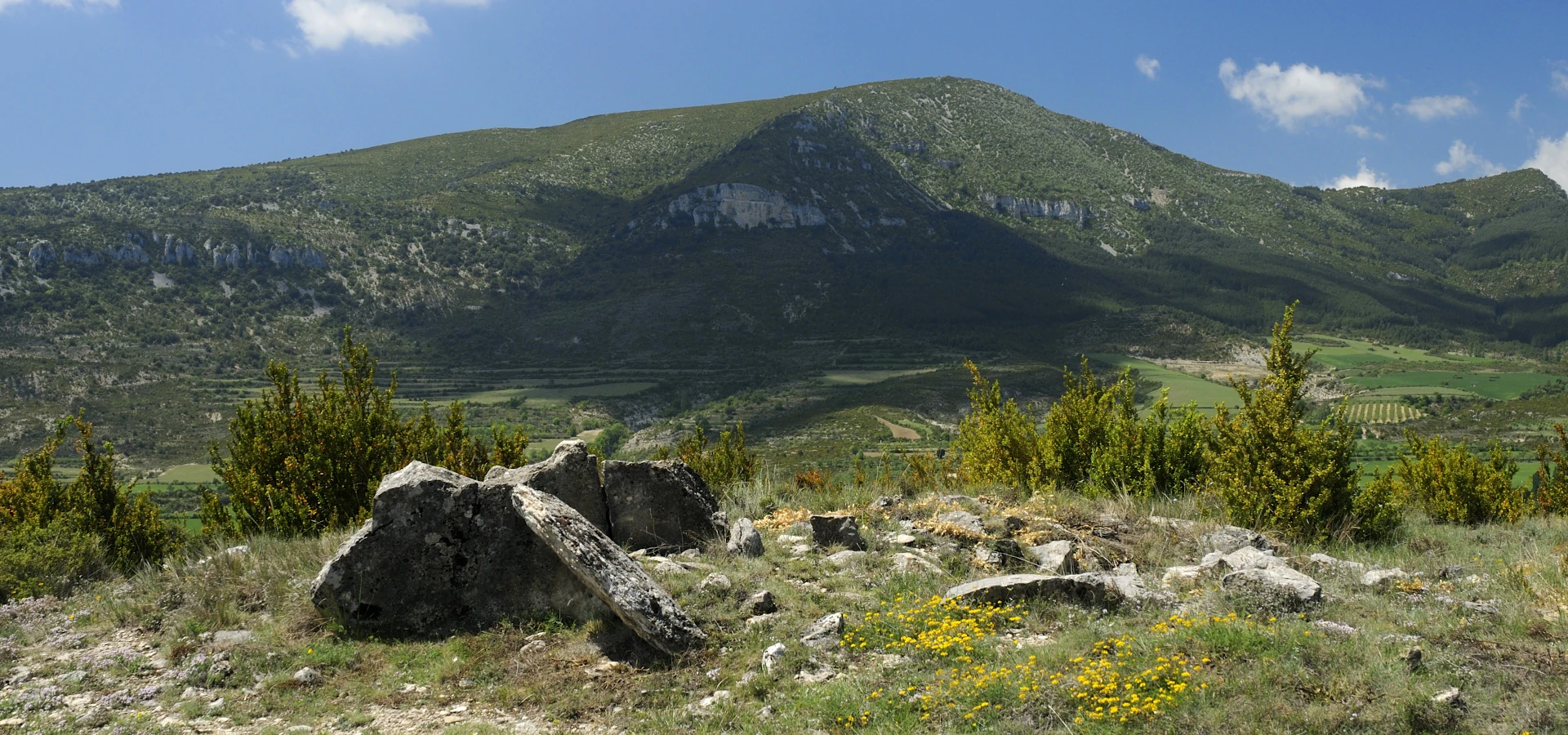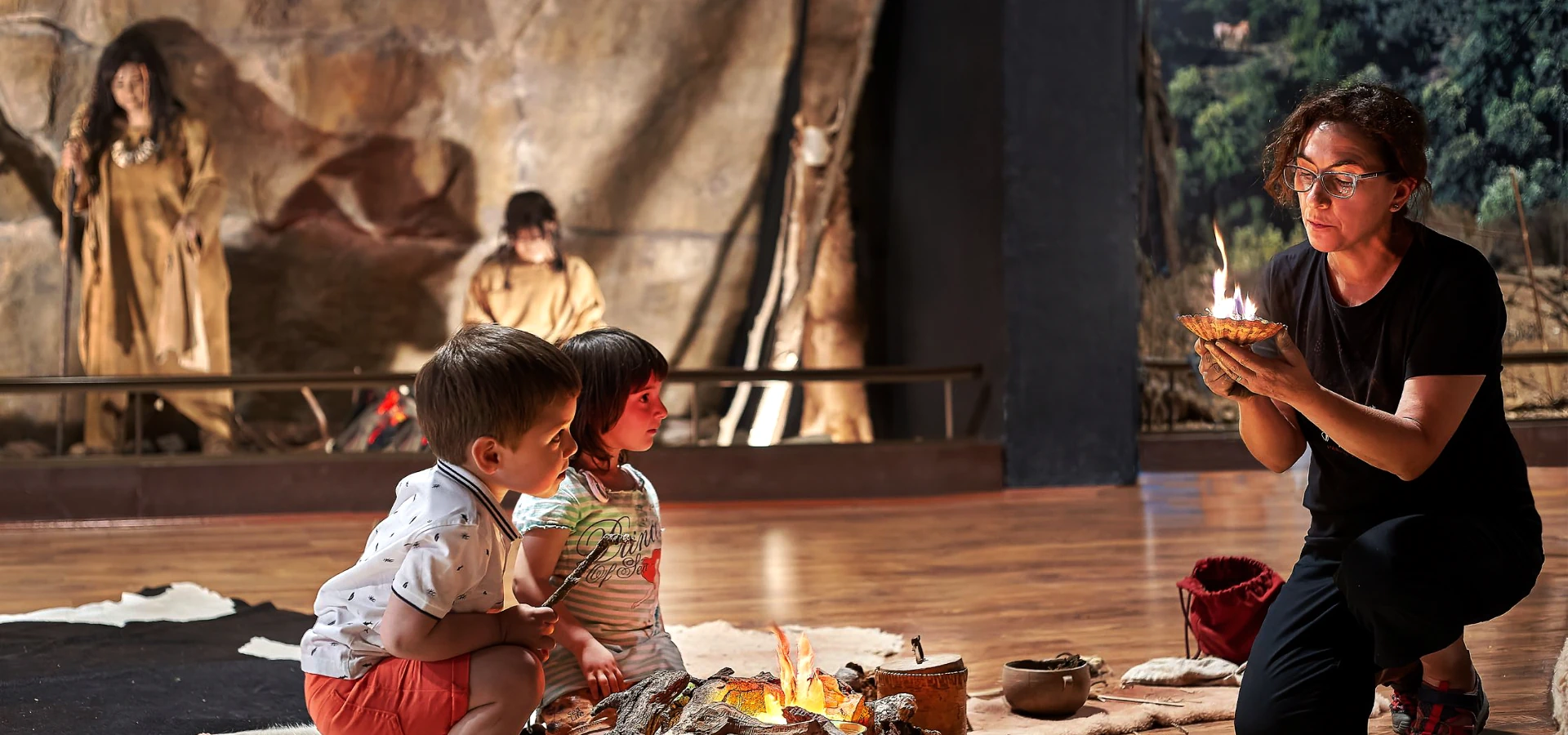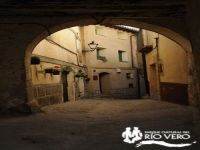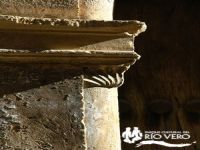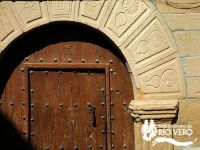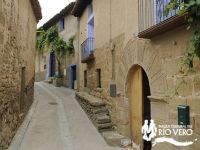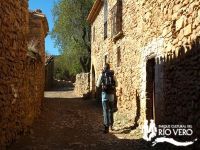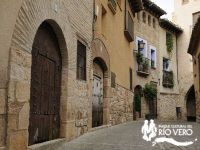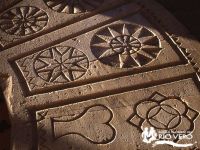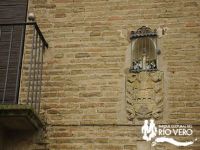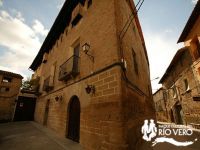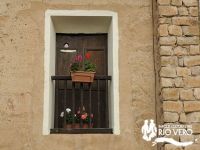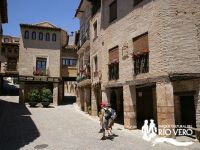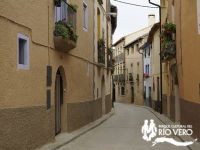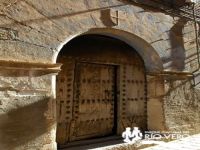Traditional houses are characterised by their close relationship to the natural surroundings to which they belong. For this reason, the unique characteristics of the climate, the topography, the lithology and the forest resources of the River Vero Cultural Park are key factors in understanding the variation and execution of this architecture throughout the region.
In the Cultural Park, it is helpful to differentiate between the two types of architecture. To the North, as a result of the mountainous areas, limestone completely dominates. In the central and Southern areas, there is a clear foothill typology, hence utilising sandstone, mud walls, adobe, tiles and baked bricks.
The facades are noteworthy because they are the public part of the house and they have a characteristic feature: a semicircular arch at the entrance. In the houses from the middle of the 16th century, normally the keystones that formed the arch were smooth, without decoration.
However, in the 17th century and especially in the 18th century, the keystones started to be decorated with several geometric, naturalist and floral motifs, also with astral and solar features, as protective symbols. In Huerta de Vero and Pozán de Vero, there are magnificent examples of this type of decoration. In addition, talons of predatory birds, and legs of wild boar and goats, which had the purpose of protecting against misfortunes and frightening off lingering spirits, can be still be seen in some villages, such as Betorz, Lecina and Bárcabo. Also capturing the attention of visitors are the phallic and reptile shaped doorknockers, which are connected to popular traditions.
Keeping in mind that the house was the space where people lived, stored food and their belongings, it's not surprising that it would be associated with all kinds of popular beliefs and that people would try to protect it.
For further information: www.arquitecturapopular.com
